Home>Interior Design>How To Create Rhythm In Interior Design
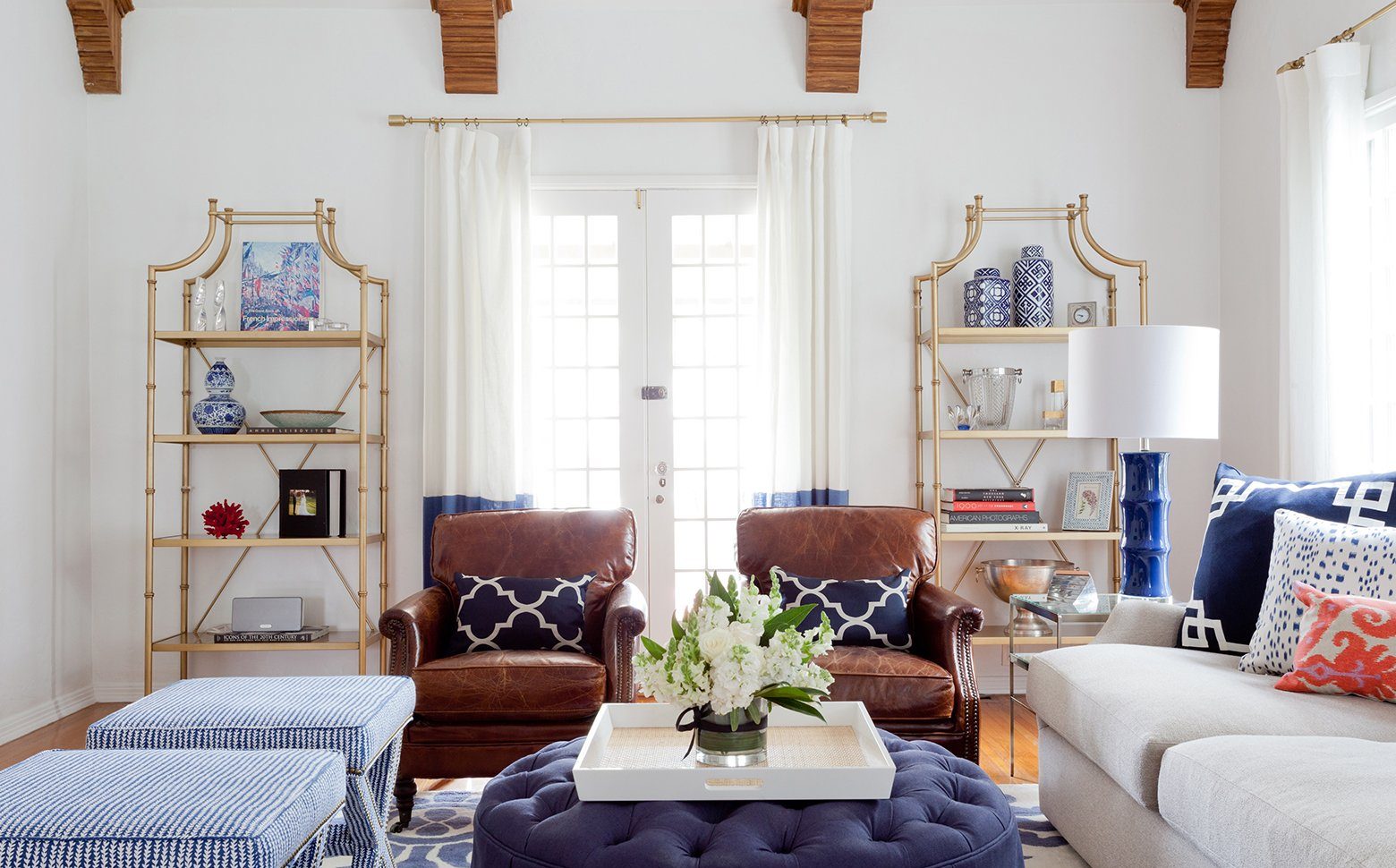

Interior Design
How To Create Rhythm In Interior Design
Modified: March 25, 2024
Learn how to create rhythm in interior design to bring harmony and balance to your space. Discover expert tips and techniques for incorporating rhythm in your interior design projects.
(Many of the links in this article redirect to a specific reviewed product. Your purchase of these products through affiliate links helps to generate commission for Storables.com, at no extra cost. Learn more)
Introduction
In the world of interior design, creating a visually appealing space goes beyond selecting the right furniture and accessories. It involves a careful consideration of various elements, including color, texture, and layout. One key aspect that can greatly impact the overall aesthetic of a room is rhythm.
Rhythm is the use of recurring design elements that create a sense of movement and harmony within a space. It helps to guide the eye through the room, ensuring a cohesive and balanced design. Whether you prefer a traditional, modern, or eclectic style, incorporating rhythm into your interior design will elevate the visual impact of your space and create a cohesive and inviting atmosphere.
In this article, we will explore the various ways you can create rhythm in your interior design. From utilizing repetition and patterns to establishing contrast and visual flow, we will delve into the strategies that will transform your space into a harmonious and captivating haven. Let’s dive in!
Key Takeaways:
- Embrace the art of rhythm in interior design to create a harmonious and visually engaging space. Utilize repetition, contrast, and visual flow to elevate your design and transform any room into a captivating haven.
- Balance scale, proportion, and color harmony while enhancing with lighting to create a warm, inviting, and visually stunning interior space. Understanding and incorporating these principles will elevate your interior design to the next level.
Understanding Rhythm in Interior Design
Rhythm is a fundamental principle in interior design that brings harmony and visual interest to a space. It is all about creating a sense of movement and flow throughout the room, guiding the eye from one element to another. Just like in music, rhythm in interior design can be achieved through repetition, contrast, and visual flow.
Repetition is a powerful tool in creating rhythm. It involves using similar design elements multiple times throughout a space. This can be done through the repetition of shapes, colors, patterns, or materials. For example, using a series of identical pendant lights over a kitchen island or incorporating a repeated pattern in upholstery fabric can establish a sense of rhythm and coherence.
Contrast is another essential aspect of creating rhythm. By juxtaposing different elements, such as light and dark colors, smooth and textured surfaces, or sleek and ornate details, you can create a dynamic visual rhythm that adds interest and excitement to your space. Contrast helps to create a focal point and highlight certain design elements, making them stand out and draw attention.
Visual flow is the way our eyes move around a room. It is essential to create a seamless transition between different areas and elements within a space. Achieving visual flow can be done through careful arrangement of furniture, strategic use of color and texture, and consideration of the room’s layout. By guiding the eye naturally from one point to another, you can establish a harmonious rhythm that enhances the overall design.
Understanding rhythm in interior design is crucial because it helps to create a sense of unity and cohesion. It brings order to a space and ensures that all the design elements work together harmoniously. Whether you want to create a bold, energetic rhythm or a calm, serene one, mastering the art of rhythm will elevate your interior design to the next level.
Utilizing Repetition
Repetition is a powerful technique in interior design that creates a sense of rhythm and unity within a space. By repeating certain design elements, you can establish a cohesive and visually pleasing aesthetic. Here are some ways to effectively utilize repetition in your interior design:
- Furniture and Accessories: Selecting furniture pieces and accessories that share a similar shape, style, or material can create a consistent and harmonious look in a room. For example, if you have a set of chairs with a specific design, you can repeat that same design in other furniture pieces or decorative accessories like lamps or mirrors.
- Patterns and Textures: Incorporating repeated patterns or textures in your design can create a dynamic visual rhythm. Whether it’s through wallpaper, upholstery fabric, or rugs, repeating patterns and textures throughout a room can tie together different elements and add visual interest. Just be mindful of balancing busy patterns with simpler ones to avoid overwhelming the space.
- Color Palette: Repeating colors throughout a space can create a cohesive and harmonious design. Select a color palette for your room and use it consistently across walls, furniture, accessories, and artwork. This repetition of colors will establish a visual rhythm and strengthen the overall design concept.
- Shapes and Forms: Incorporating repeated shapes and forms can create a pleasing visual rhythm in a room. For example, if you have a round coffee table, consider complementing it with round pendant lights or artwork featuring circular motifs. This repetition of shapes helps to create a sense of unity and flow.
When utilizing repetition, it’s important to strike a balance. Too much repetition can lead to a monotonous and predictable design, while too little can make the space feel disjointed. Mix and match the repeated elements with other contrasting elements to create a dynamic and visually engaging space.
Remember, repetition helps to establish a rhythm and create a cohesive and visually appealing interior design. By carefully selecting and repeating design elements, you can infuse your space with a sense of harmony and balance that will captivate and delight anyone who enters.
Incorporating Patterns and Textures
Patterns and textures play a crucial role in interior design, adding depth, visual interest, and a sense of rhythm to a space. By incorporating various patterns and textures, you can create a dynamic and engaging environment that reflects your personal style. Here are some tips for effectively incorporating patterns and textures into your interior design:
- Choose a Focal Point: Start by selecting a focal point in the room where you want to incorporate patterns and textures. This could be a statement wall, an accent piece of furniture, or even a unique rug. By creating a focal point, you can anchor the design and build the rest of the room around it.
- Mix and Match: Don’t be afraid to mix different patterns and textures together. Experiment with combining patterns of various scales, such as a large floral print with a smaller geometric pattern. Additionally, you can layer different textures, like a soft velvet sofa paired with a rough-hewn wooden coffee table. The key is to find a balance and create a cohesive look.
- Consider the Color Palette: When incorporating patterns and textures, pay attention to the color palette. Choose patterns that complement the existing colors in the room, or introduce new colors to add depth and visual interest. Mixing patterns with similar or complementary colors will create a harmonious and cohesive design.
- Use Patterns and Textures Strategically: Think about the purpose and function of each space and use patterns and textures accordingly. For example, in a living room, you may want to incorporate soft, cozy textures like plush pillows or a textured area rug. In a dining area, you can introduce a patterned tablecloth or textured wallcovering to create an inviting atmosphere.
- Scale and Proportion: Consider the scale and proportion of the patterns and textures you choose. In a large room, bold and larger-scale patterns can make a statement, while in smaller spaces, opt for more delicate or smaller-scale patterns to maintain a balanced look.
Remember that patterns and textures should enhance the overall design rather than overpower it. Be mindful of the balance between patterns and textures throughout the room, ensuring that there is enough visual interest without overwhelming the space.
Incorporating patterns and textures into your interior design can elevate the aesthetics and create a memorable and engaging space. By selecting and combining patterns and textures thoughtfully, you can add depth, rhythm, and visual excitement to your home.
Establishing Contrast
Contrast is a powerful tool in interior design that adds visual interest and creates a sense of rhythm within a space. By juxtaposing different elements, you can create a dynamic and captivating environment. Here are some strategies for effectively establishing contrast in your interior design:
- Color Contrast: One of the most common ways to establish contrast is through color. Pairing light and dark colors creates a visual impact and helps highlight specific areas or objects in a room. For example, a dark accent wall against light furniture or vice versa can create a focal point and add depth to the space.
- Texture Contrast: Another way to establish contrast is through the use of different textures. Combining smooth and rough textures, such as a sleek glass tabletop with a textured woven rug, can create an intriguing visual contrast. This contrast not only adds depth but also stimulates the senses.
- Material Contrast: Playing with contrasting materials can create an interesting rhythm in your interior design. For instance, pairing a shiny metallic finish with natural wood or introducing a combination of leather and velvet upholstery can create a visually captivating contrast. The mix of materials adds dimension and character to the space.
- Scale and Proportion Contrast: Contrast can also be established through scale and proportion. Consider incorporating furniture and accessories of varying sizes to create a sense of balance and visual interest. For example, pair a large, statement-making artwork with smaller decorative pieces to create a contrast in scale.
- Style Contrast: Introducing different styles into a space can create a striking contrast. Mixing traditional and modern elements, or combining vintage and contemporary pieces, can create an eclectic and visually stimulating design. This contrast in styles adds personality and uniqueness to the space.
When establishing contrast, it’s important to strike a balance and not overdo it. Too much contrast can create a chaotic and overwhelming atmosphere. Aim for a cohesive and harmonious design by selecting a few key areas to feature contrast, rather than incorporating contrast in every aspect of the room.
Contrast is a powerful tool in interior design that adds visual rhythm and interest to a space. By incorporating contrasting elements, you can create a dynamic and engaging environment that captures attention and evokes a sense of excitement.
Incorporate repeating patterns, shapes, and textures throughout the space to create a sense of rhythm in interior design. This can be achieved through the use of furniture, decor, and architectural elements.
Read more: Interior Designer Natalia Miyar Shares 3 Secrets To Creating Impact With Sculptural Lighting
Creating Visual Flow
In interior design, creating visual flow is essential for establishing a sense of harmony and cohesion throughout a space. Visual flow refers to the way our eyes move and are guided from one element to another in a room. By strategically arranging furniture, using color and texture, and considering the layout, you can create a seamless and visually pleasing flow. Here’s how to create visual flow in your interior design:
- Furniture Arrangement: Start by arranging your furniture in a way that promotes a natural flow. Consider the room’s focal point, such as a fireplace or a large window, and arrange the furniture around it. Avoid blocking pathways or creating obstacles that disrupt the flow. Ensure that there is enough space to move around without feeling cramped.
- Colors and Materials: Use colors and materials to establish a visual connection between different areas of the room. Select a color palette that flows harmoniously throughout the space, using different shades and hues to create depth and interest. Repeat materials or textures in different elements, such as using wooden accents on both furniture and cabinetry, to create a cohesive flow.
- Connectivity: Create a sense of connectivity between different areas by choosing design elements that visually link them together. This can be achieved through the use of a consistent flooring material, such as hardwood or tile, that flows seamlessly from one space to another. Additionally, consider using elements like arches, open doorways, or thoughtful decorative touches to create a flow between rooms.
- Visual Transitions: Use transitional elements to guide the eye smoothly from one area to another. This can include items like rugs, artwork, or lighting fixtures strategically placed to create a seamless transition. For example, a hallway runner can visually connect two rooms, or a series of pendant lights can create a smooth visual flow between a kitchen and a dining area.
- Balance and Symmetry: Achieving balance and symmetry in your design can contribute to a harmonious visual flow. Consider the placement of furniture and objects in relation to each other, aiming for a balanced arrangement. Symmetrical layouts, such as matching bedside tables and lamps in a bedroom, can create a sense of order and flow.
Creating visual flow in your interior design requires thoughtful consideration and attention to detail. By arranging furniture strategically, using consistent colors and materials, and establishing visual transitions, you can create a harmonious and visually pleasing flow throughout your space.
Remember, visual flow is essential for creating a sense of unity and cohesiveness within your interior design. When done effectively, it allows the eye to effortlessly move from one area to another, creating a seamless and captivating experience for anyone in the space.
Balancing Scale and Proportion
In interior design, finding the right balance of scale and proportion is crucial for creating a visually appealing and harmonious space. Scale refers to the size of objects in relation to the space they occupy, while proportion refers to the relationship between different elements within a room. By carefully considering the scale and proportion of furniture, accessories, and architectural features, you can achieve a well-balanced and pleasing design. Here are some tips for balancing scale and proportion in your interior design:
- Furniture Selection: Choose furniture that is appropriate for the scale of the room. In a large space, opt for larger or statement pieces that can fill the room without appearing dwarfed. In a smaller space, consider furniture with slimmer profiles or choose pieces that can serve multiple functions to maximize space.
- Grouping Objects: When arranging furniture or decorative objects, group items that are similar in size or proportion. For example, if you have a large coffee table, balance it with appropriately sized seating or a grouping of smaller decorative items. This helps create a sense of visual harmony and balance within the space.
- Consider Ceiling Height: Take into account the height of your ceilings when selecting furnishings and decorative elements. Higher ceilings often call for taller furniture pieces or fixtures to fill the vertical space. Lower ceilings may benefit from low-profile furniture or lighting to create a more proportional look.
- Architectural Features: Pay attention to the architectural features of the room and design elements that are already in place. For example, if you have a large fireplace or a grand staircase, choose furniture and accessories that are proportional to these focal points. This helps maintain a cohesive and balanced overall design.
- Visual Weight: Consider the visual weight of objects when arranging them in a space. Visual weight refers to how heavy or substantial an object appears visually. Balance heavier or larger pieces with lighter ones to avoid overwhelming the space. This can be achieved through the use of negative space, contrasting colors, or varying shapes.
Remember that achieving balance in scale and proportion is subjective and can vary depending on the design style and personal preferences. The ultimate goal is to create a visually pleasing and harmonious space that feels well-proportioned and comfortable.
By carefully balancing the scale and proportion of furniture, accessories, and architectural features, you can create an interior design that feels balanced, cohesive, and visually appealing.
Using Color Harmony
Color is a powerful tool in interior design, capable of evoking emotions, setting the mood, and creating a harmonious and visually pleasing space. Color harmony is the art of selecting and combining colors in a way that creates a sense of balance, unity, and coherence. By understanding color theory and applying it to your design, you can create a captivating and harmonious color palette. Here are some tips for using color harmony in your interior design:
- Color Wheel: Familiarize yourself with the color wheel, which consists of primary, secondary, and tertiary colors. The color wheel serves as a guide for understanding color relationships and combinations. Complementary colors, which are opposite each other on the color wheel (such as blue and orange or red and green), create a vibrant and energetic contrast.
- Monochromatic Scheme: A monochromatic color scheme involves using different shades, tints, and tones of a single color. This creates a harmonious and soothing effect. For example, using various shades of blue, from light aqua to deep navy, can create a calm and unified color palette.
- Analogous Colors: Analogous colors are found next to each other on the color wheel, such as blue and green or orange and yellow. Using analogous colors in your design creates a harmonious and cohesive look. This color scheme is ideal for creating a sense of unity and balance in a room.
- Contrasting Colors: Contrasting colors, as mentioned earlier, are located opposite each other on the color wheel. When paired, they create a striking and dynamic visual impact. For example, pairing warm colors like red and orange with cool colors like blue and green can create a visually captivating contrast.
- Neutral Colors: Neutrals, such as whites, grays, and beiges, can serve as the foundation of your color palette. They provide a versatile and timeless backdrop that allows other colors to shine. Incorporate neutral colors through walls, flooring, or large furniture pieces, and then add pops of other colors as accents.
- Consider the Room’s Purpose: Think about the function of the room and the mood you want to create when selecting colors. Calming blues and greens are often used in bedrooms and bathrooms, while vibrant and energetic colors like yellows and oranges are popular in living areas or home offices.
- Sample Colors: Test colors in the space before committing to a full paint job or major design element. Purchase sample paint swatches or use digital tools to visualize how different colors will look under your room’s lighting conditions. This will help you ensure that the colors you choose work well together and create the desired ambiance.
Remember, color harmony is subjective, and the goal is to create a space that reflects your personal style and evokes the desired emotions. Experiment with different color combinations and trust your instincts to create a harmonious and visually pleasing interior design.
By understanding color theory and applying it effectively in your design, you can create a captivating and harmonious color palette that enhances the overall aesthetic of your space.
Enhancing with Lighting
Lighting plays a vital role in interior design, as it not only illuminates the space but also enhances the overall ambiance and atmosphere. Properly designed lighting can highlight architectural features, create focal points, and set the mood in a room. Here are some tips for enhancing your interior design with lighting:
- Layered Lighting: Incorporate a combination of different lighting types for a layered effect. This includes ambient lighting to provide overall illumination, task lighting for specific activities, and accent lighting to highlight focal points or artwork. Consider using a mix of overhead fixtures, floor or table lamps, and wall sconces to create depth and visual interest.
- Natural Light: Make the most of natural light by utilizing windows, skylights, or glass doors. Natural light brings a sense of freshness, warmth, and connection to the outdoors. Position furniture and décor in a way that maximizes the use of natural light and consider light-filtering window treatments to soften the incoming sunlight.
- Highlight Features: Use lighting to highlight architectural features or specific design elements. For example, placing recessed lighting above a fireplace or installing wall washers to light up a textured accent wall can create a stunning visual impact. The key is to draw attention to areas that you want to stand out in the room.
- Dimmers and Controls: Install dimmer switches and lighting controls to customize the ambiance and mood in your space. This allows you to adjust the intensity of the light according to different situations and activities. Dimmers provide flexibility, allowing you to create a soft and cozy atmosphere or a bright and vibrant space as needed.
- Consider Color Temperature: Be mindful of the color temperature of your lighting. Warm white lights (around 2700-3000K) create a cozy and intimate ambiance, while cool white lights (around 4000-5000K) provide a brighter and more energizing feel. Consider the desired mood and function of each space when selecting the color temperature for your lighting fixtures.
- Lighting Fixtures as Decorative Elements: Treat lighting fixtures as decorative elements that add personality to your space. Select fixtures that complement your design style and act as both functional and aesthetic focal points. Whether you choose modern pendants, elegant chandeliers, or minimalist track lighting, make sure the fixtures contribute to the overall design concept.
- Task Lighting: Don’t forget about task lighting in areas where specific activities take place, such as the kitchen, home office, or bathroom vanity. Under-cabinet lighting, desk lamps, or vanity lights provide focused and functional illumination for tasks like cooking, studying, or grooming.
Remember to consider both the functional and aesthetic aspects of lighting when designing your space. A well-designed lighting scheme can transform the atmosphere and enhance the overall aesthetic, making your interior design truly shine.
By implementing a thoughtful lighting design plan that incorporates layered lighting, highlights key features, and allows for customization, you can create a warm, inviting, and visually stunning interior space.
Read more: How To Create Your Own Barndominium Interior
Conclusion
In the world of interior design, creating a harmonious and visually appealing space goes beyond just selecting furniture and accessories. It involves understanding and applying design principles like rhythm, repetition, contrast, and proportion. By incorporating these elements into your design, you can create a space that is not only aesthetically pleasing but also welcoming and functional.
Rhythm, as a fundamental principle of interior design, establishes a sense of movement and flow. Utilizing repetition, patterns, and textures creates a cohesive and visually engaging environment. Establishing contrast adds visual interest and highlights key elements within a space. Creating visual flow ensures a seamless transition between different areas and elements, guiding the eye naturally throughout the room. Balancing scale and proportion creates harmony and a sense of balance within the space. And finally, using color harmony and enhancing with lighting adds depth, mood, and atmosphere.
By implementing these techniques, you can transform any space into a beautifully designed haven that reflects your personal style and creates a positive impact on your well-being. Whether you prefer a traditional, modern, or eclectic design, understanding and incorporating these principles will elevate your interior design to the next level.
Remember, interior design is an art that allows you to express your creativity and create spaces that are functional, comfortable, and visually stunning. By combining your knowledge of design principles with your personal preferences, you can create interiors that not only look amazing but also feel like home.
So, embrace your creativity, experiment with different elements, and have fun designing your dream space. From selecting furniture and accessories to considering color palettes and lighting options, every decision you make plays a crucial role in creating a truly remarkable interior design.
Frequently Asked Questions about How To Create Rhythm In Interior Design
Was this page helpful?
At Storables.com, we guarantee accurate and reliable information. Our content, validated by Expert Board Contributors, is crafted following stringent Editorial Policies. We're committed to providing you with well-researched, expert-backed insights for all your informational needs.

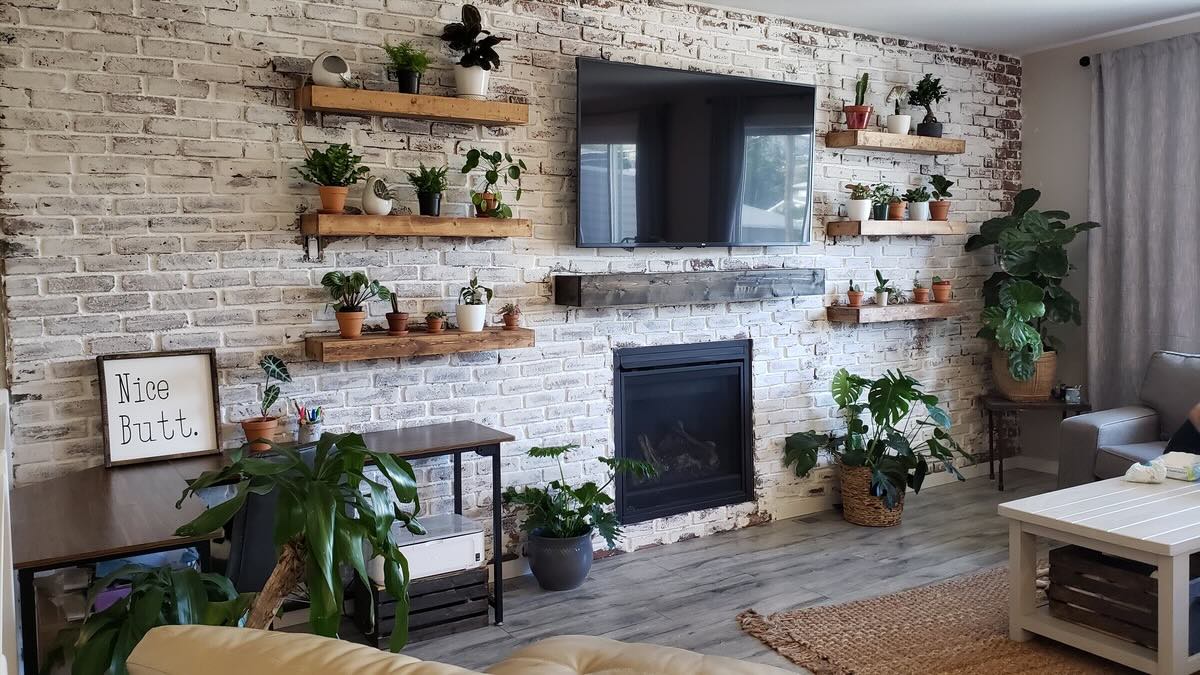
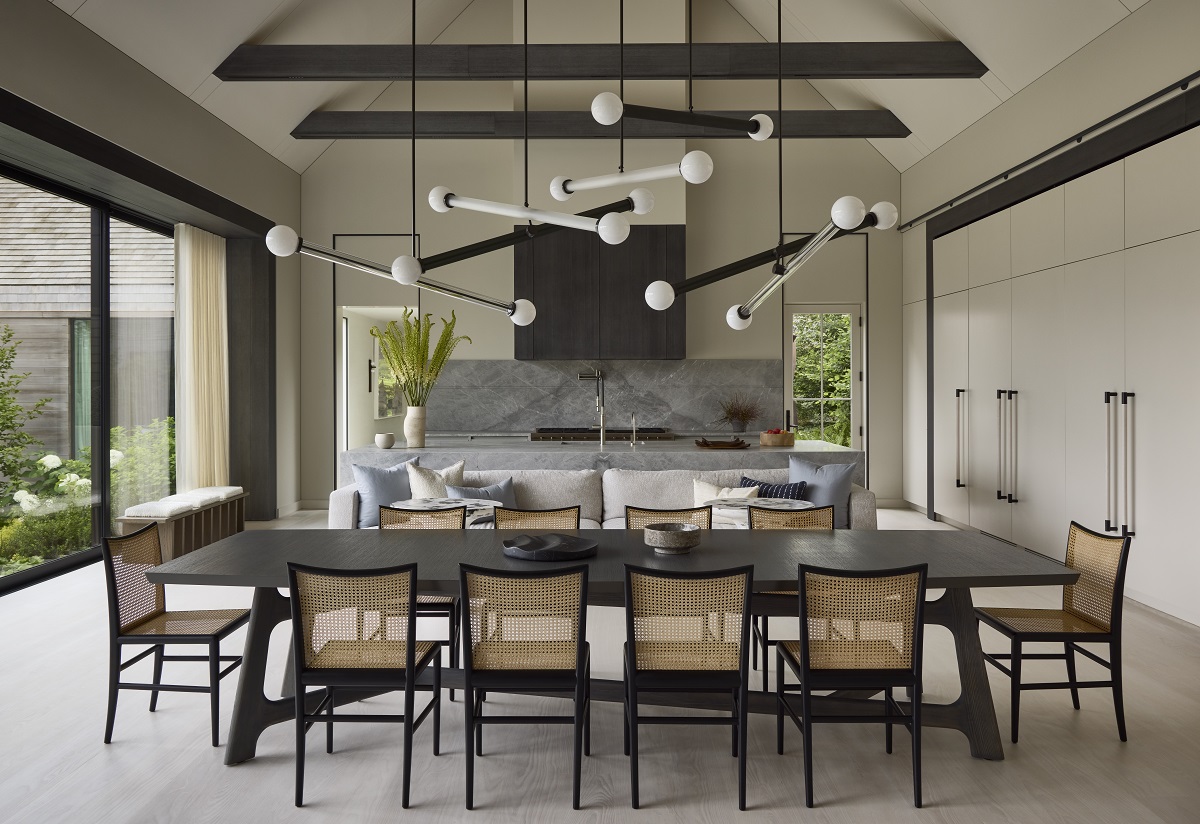
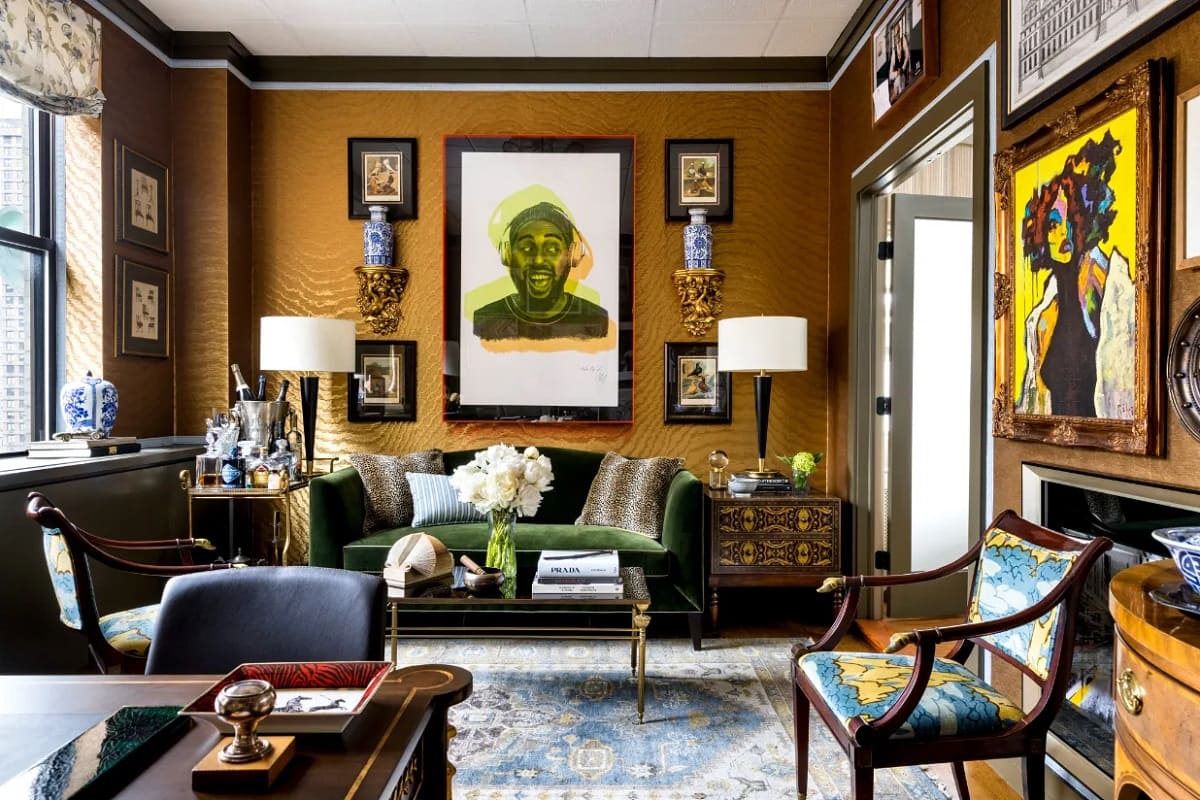
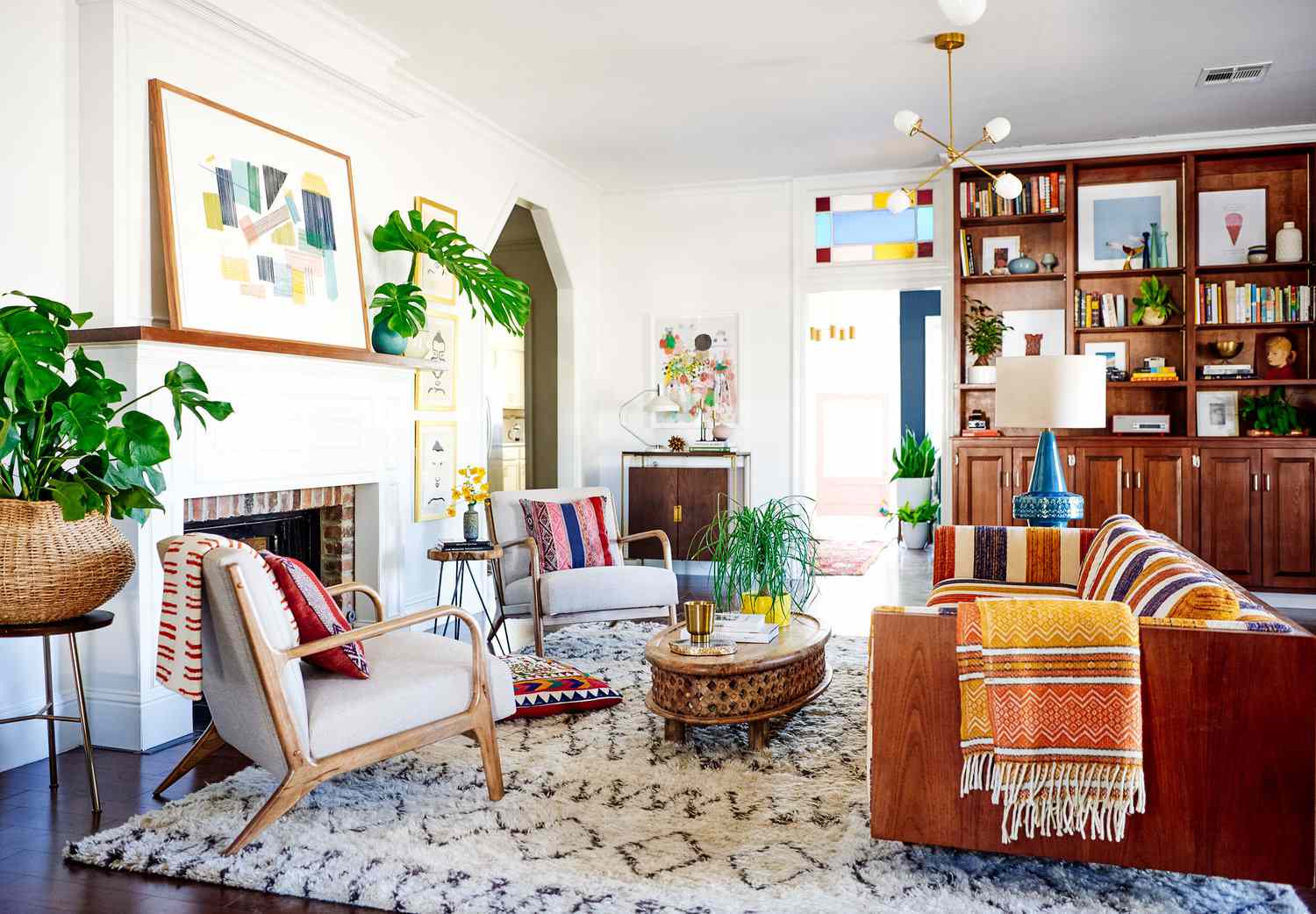
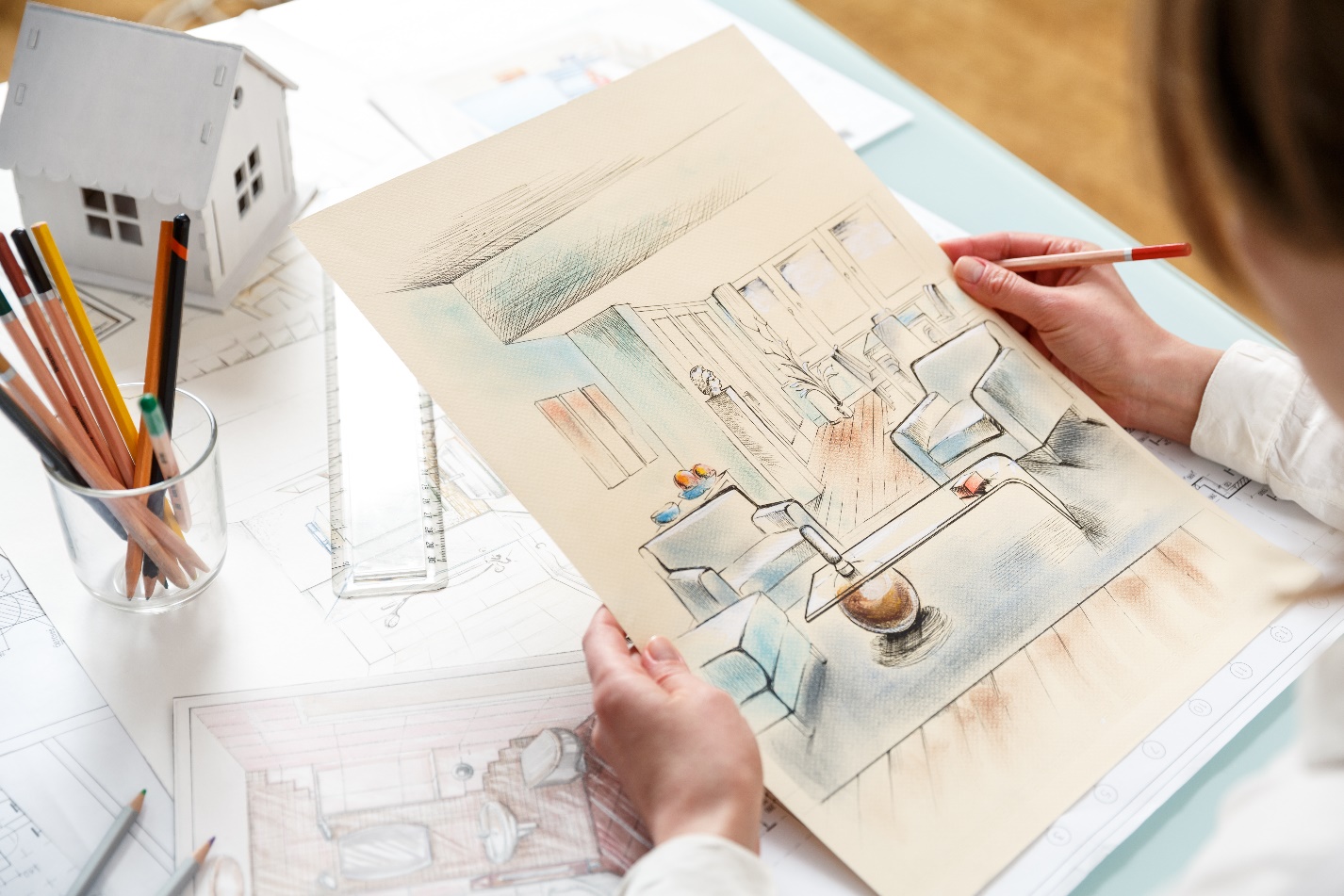
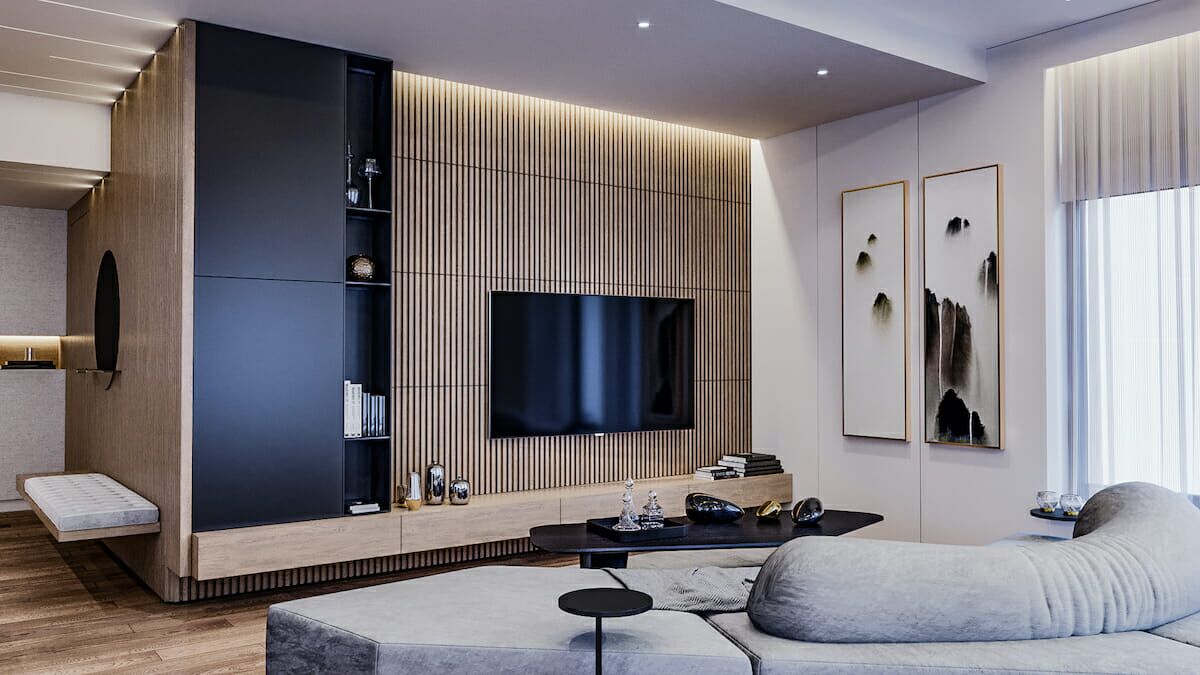
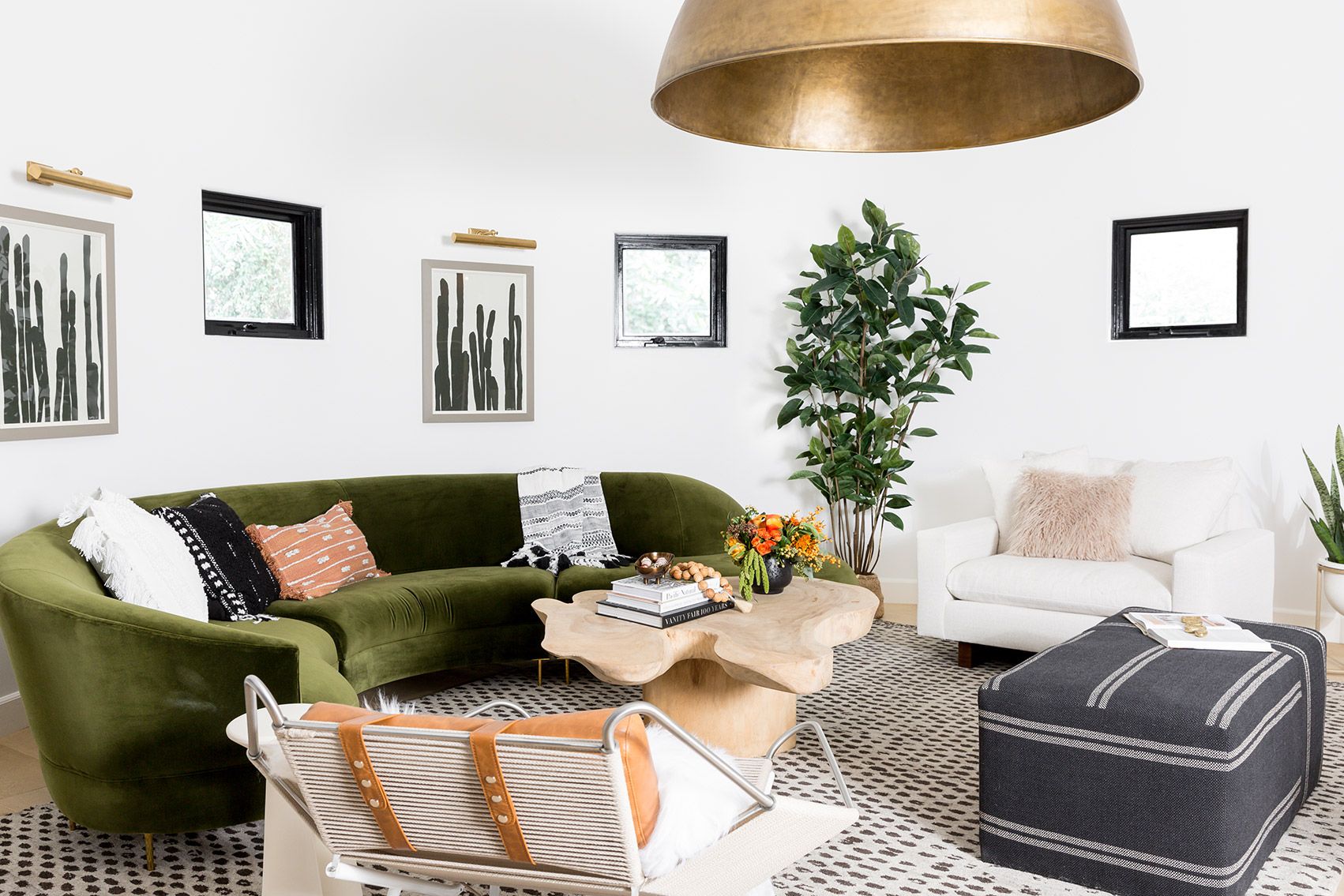
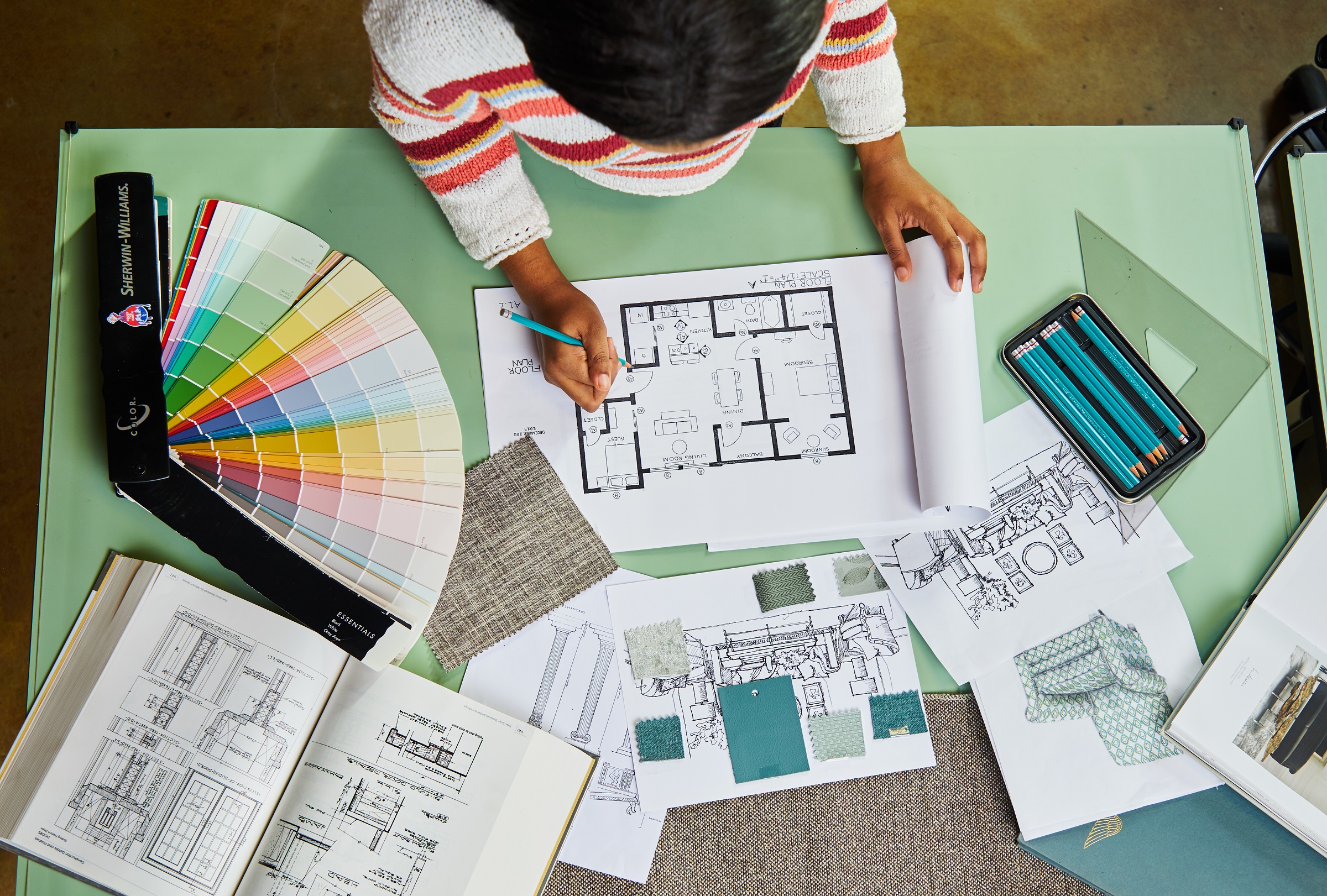
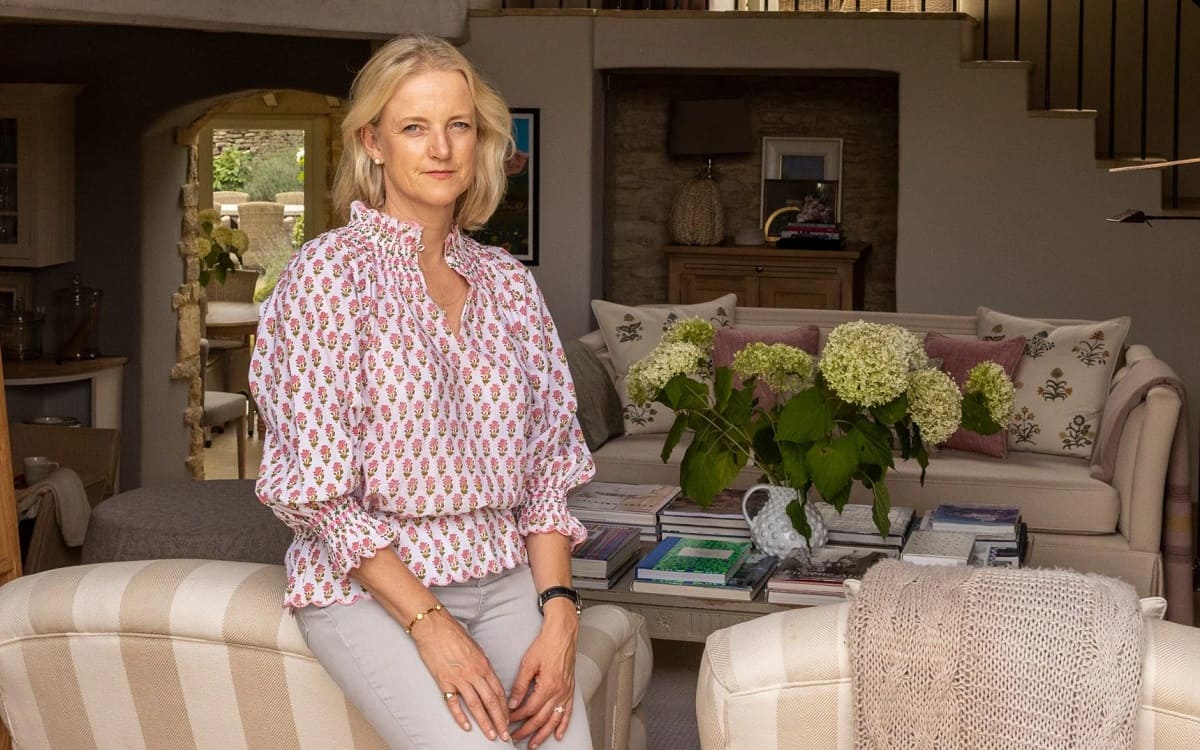
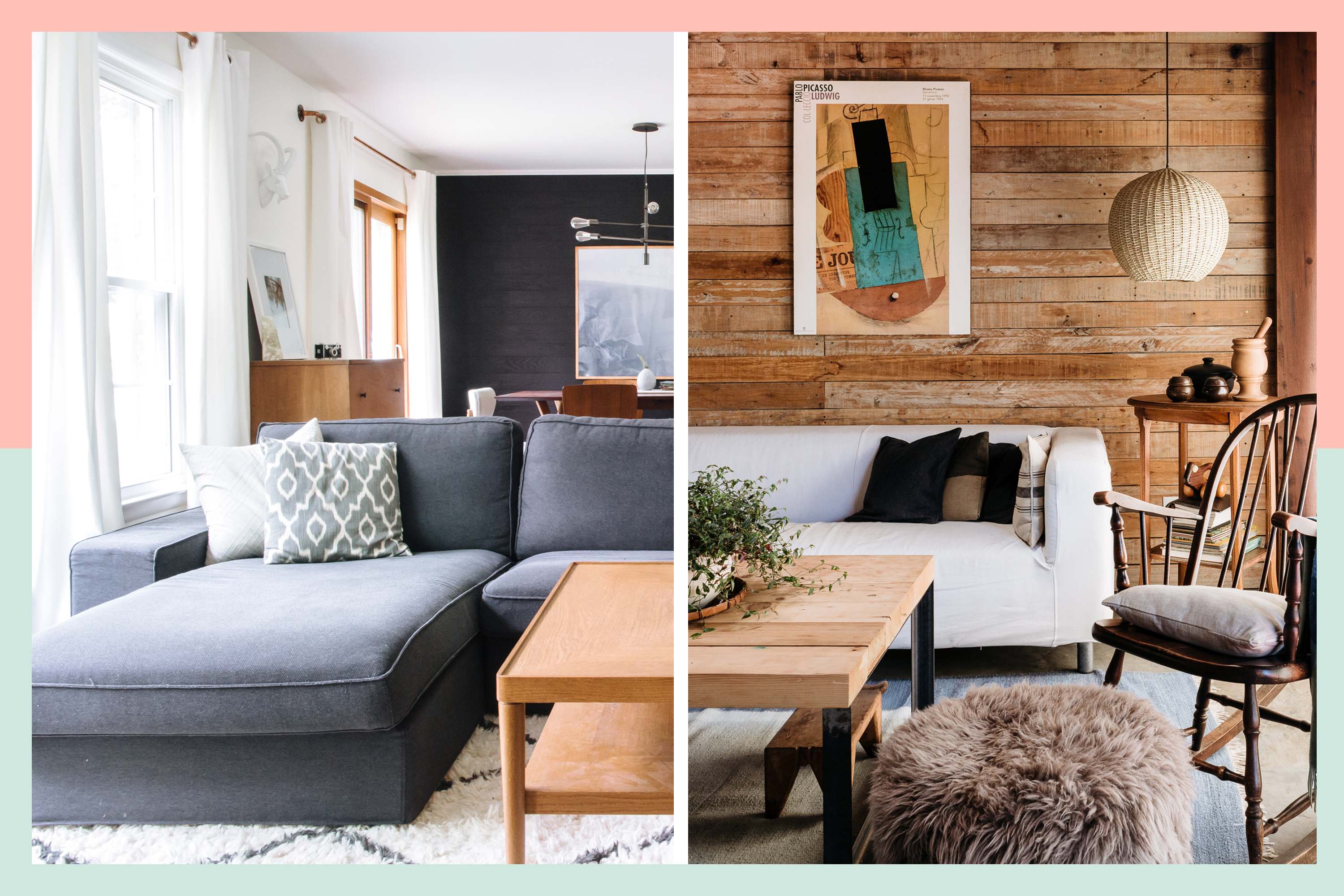
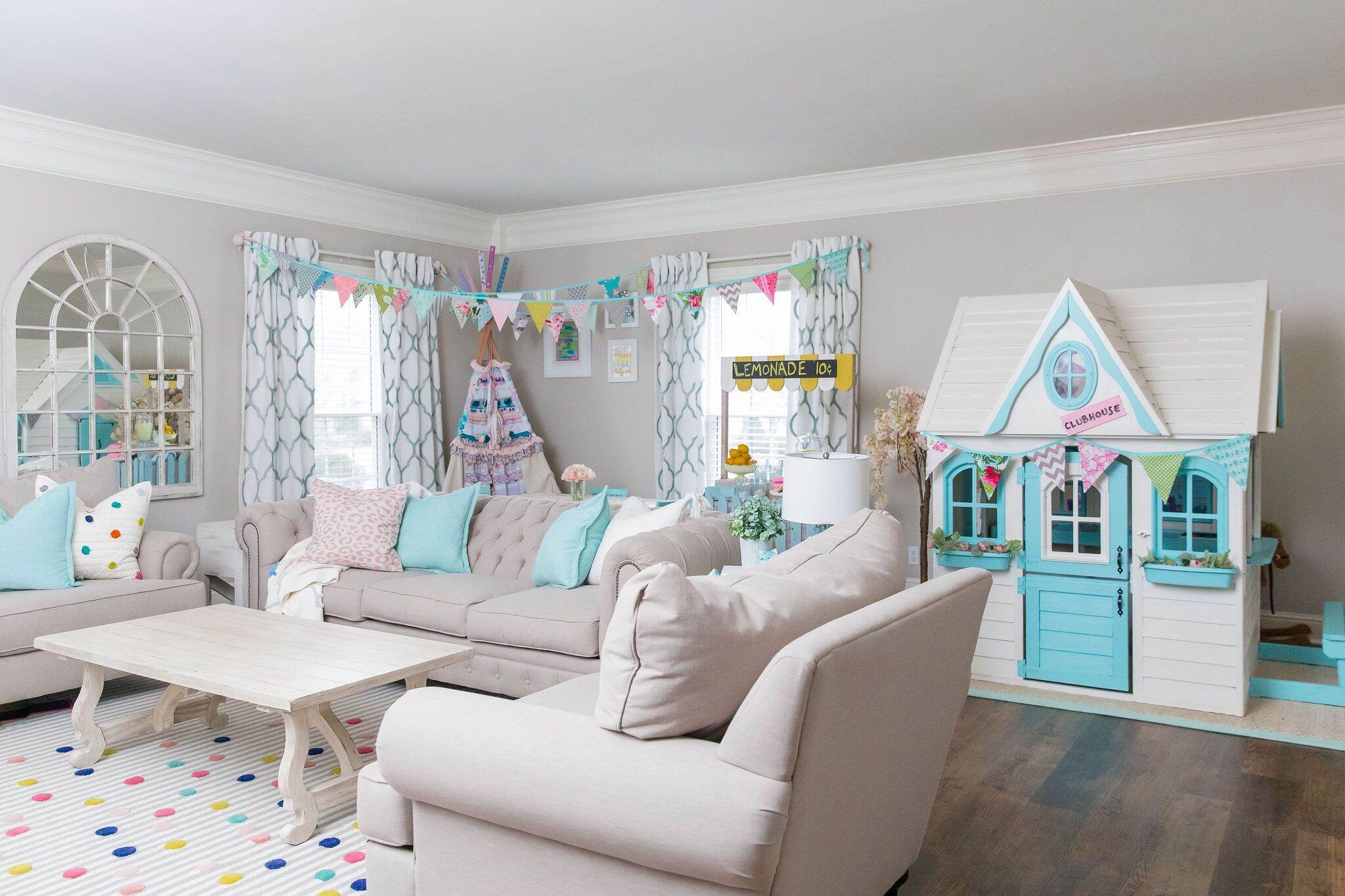
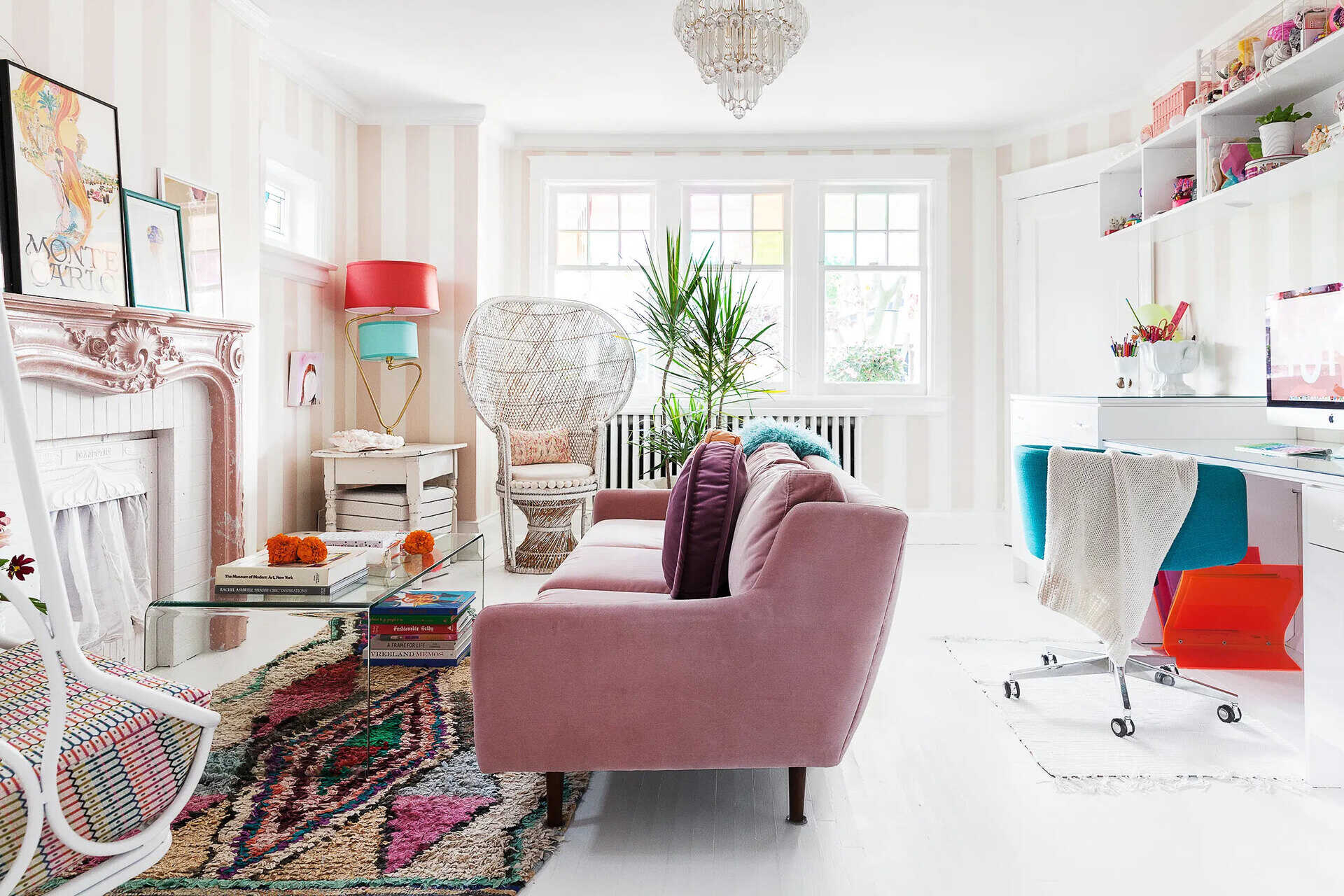

0 thoughts on “How To Create Rhythm In Interior Design”